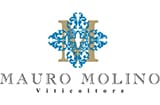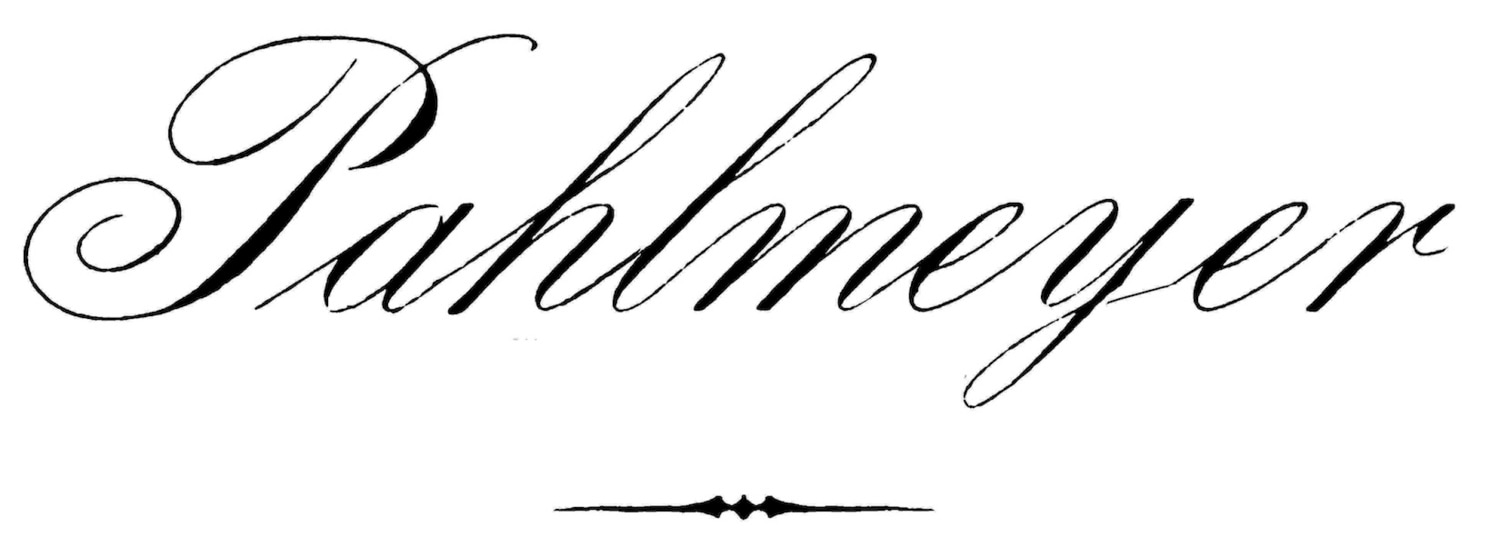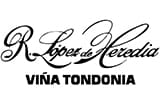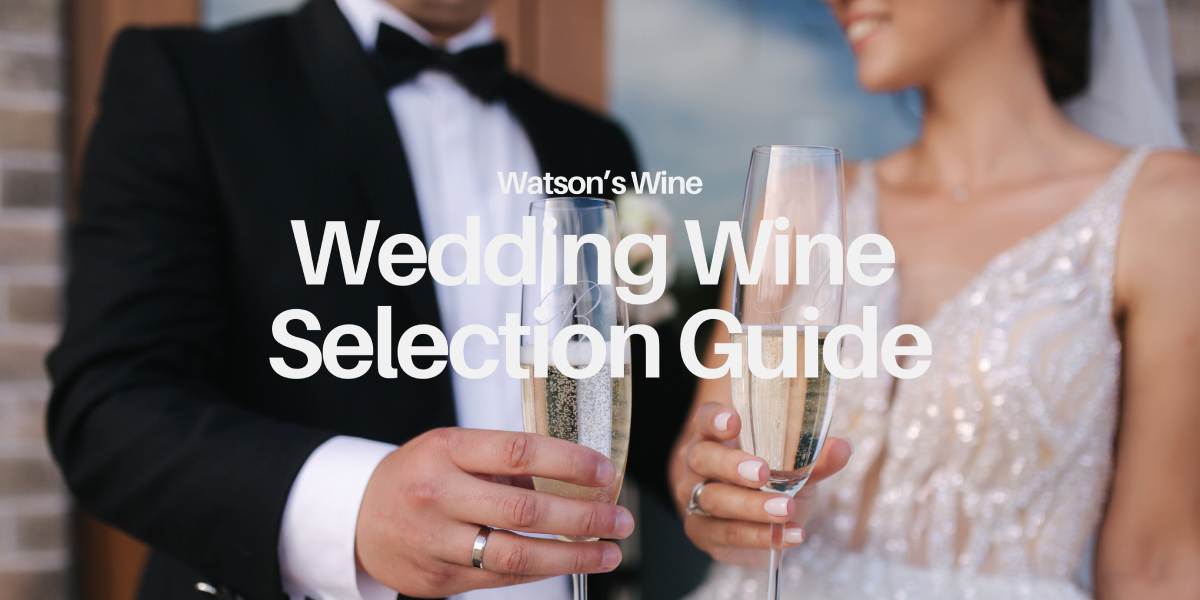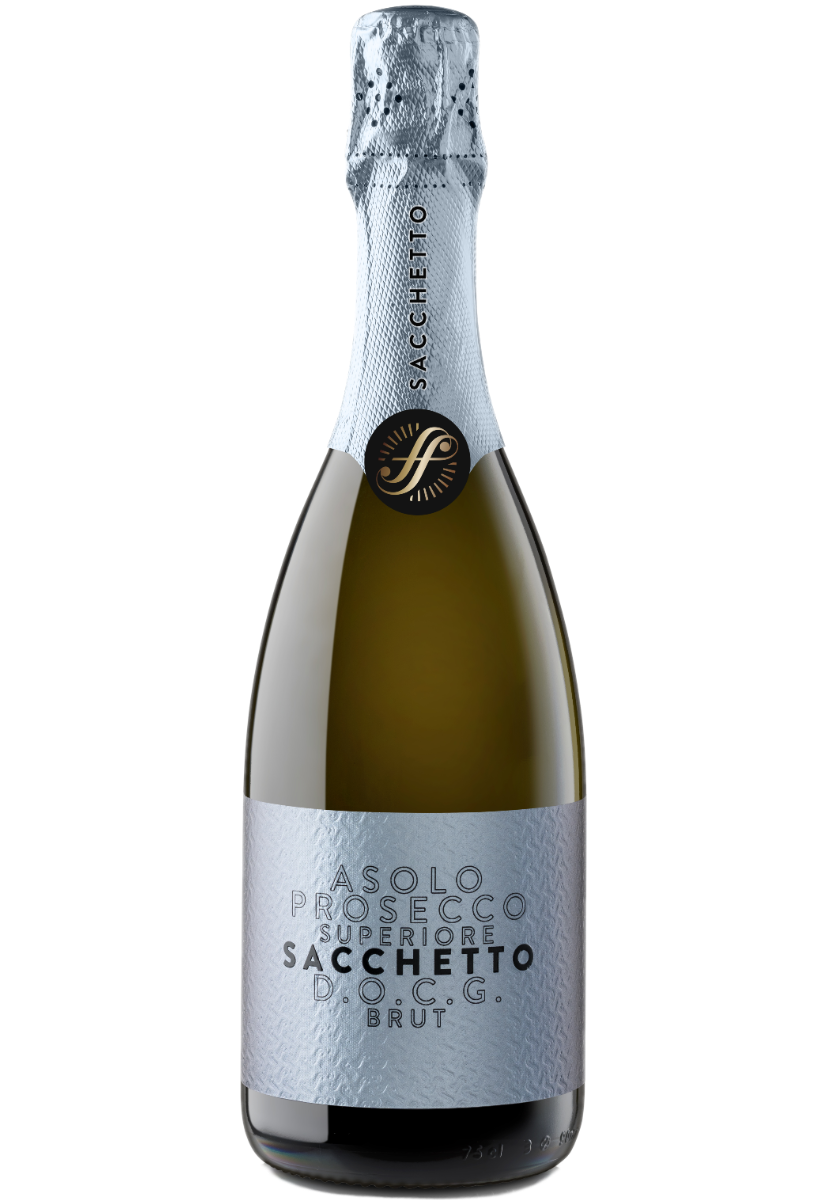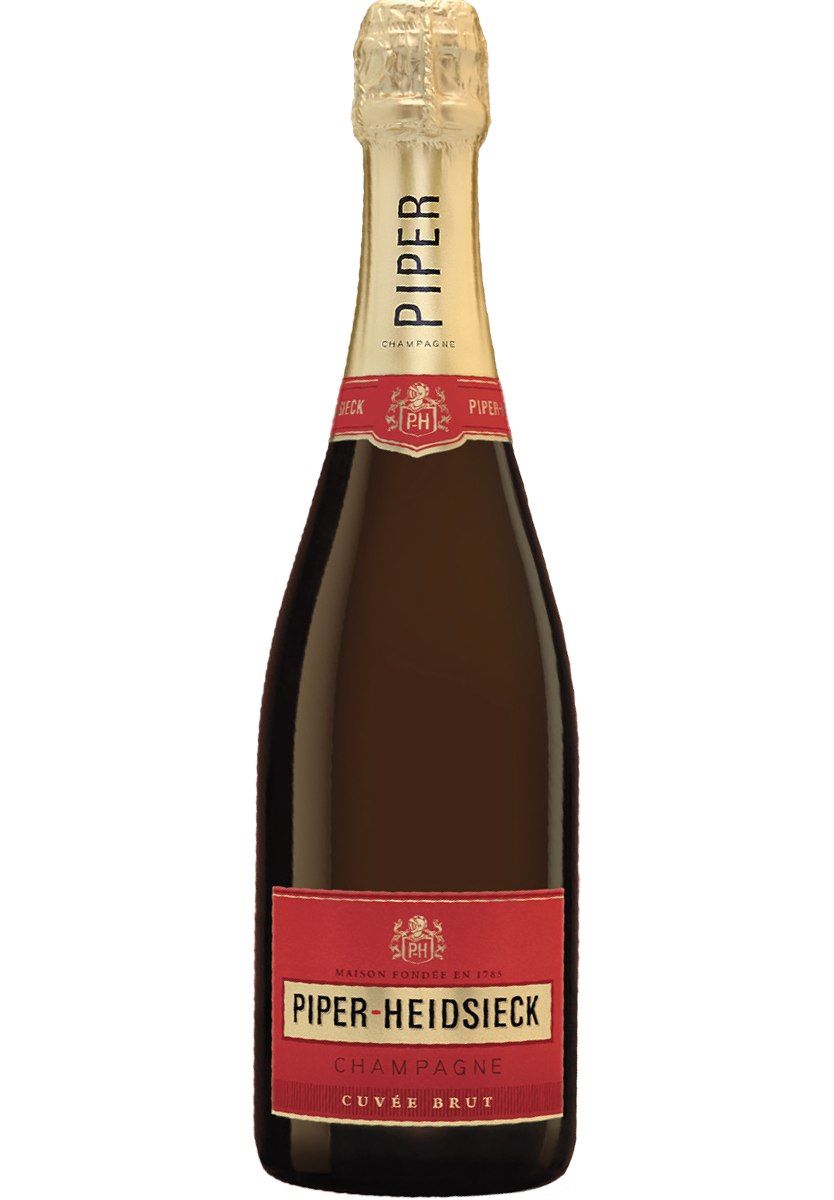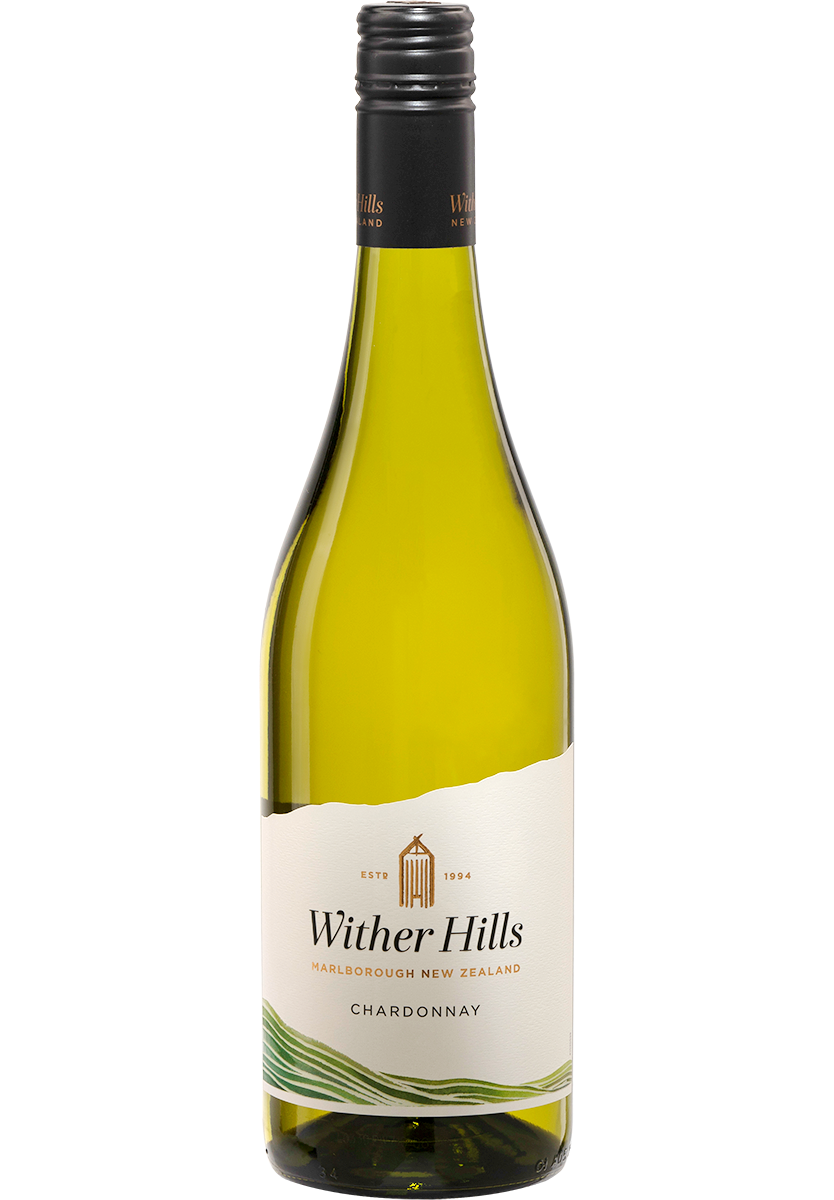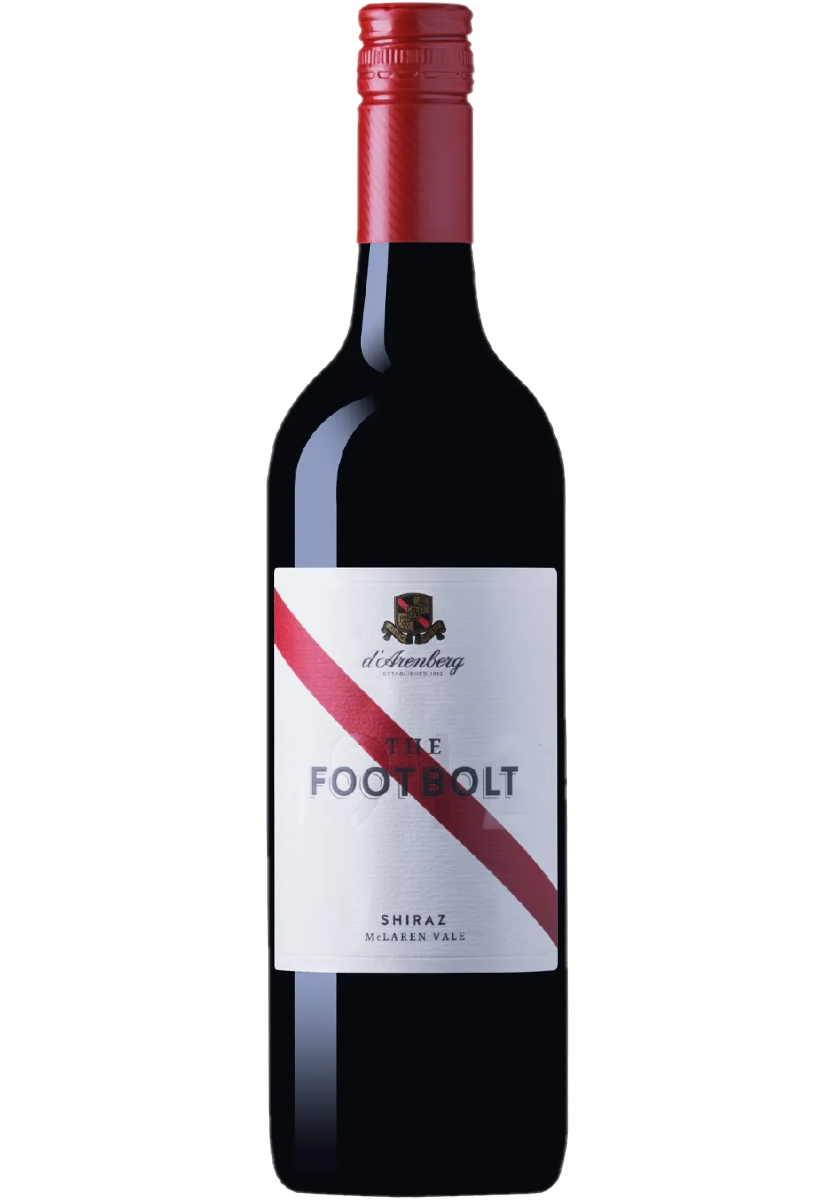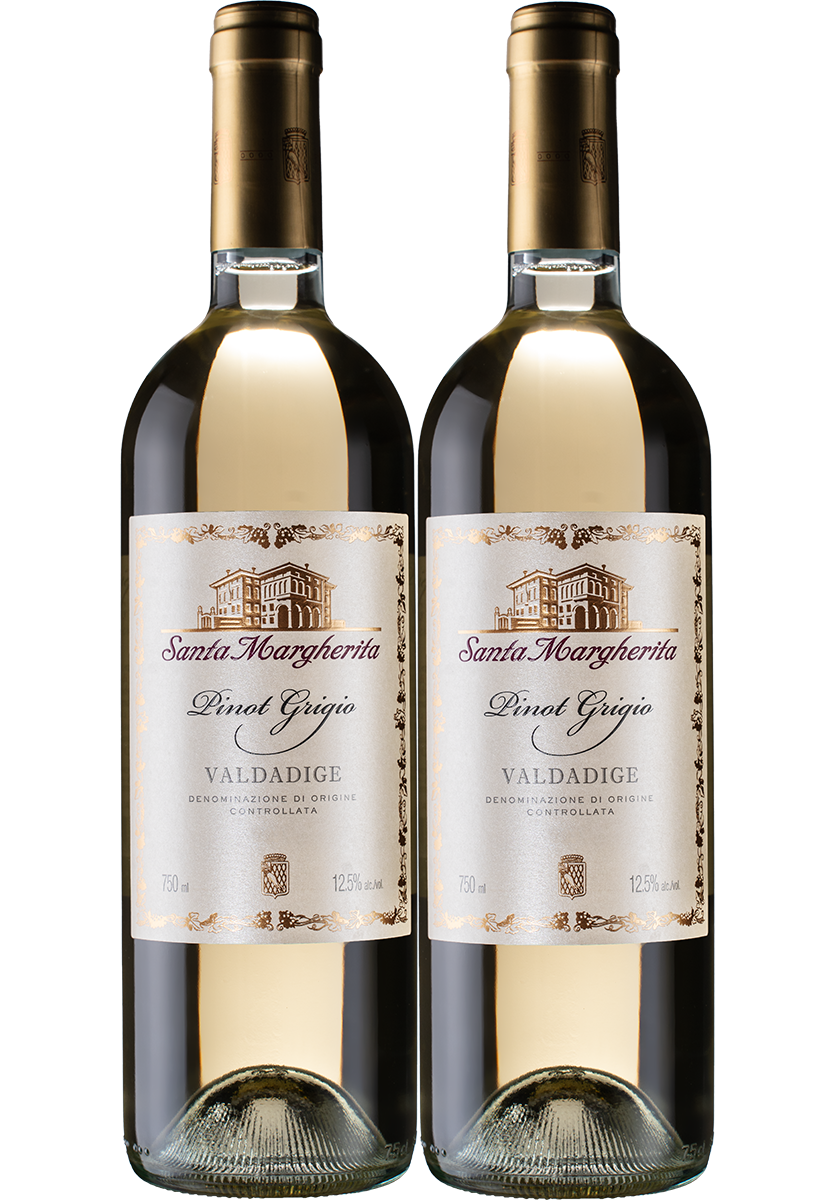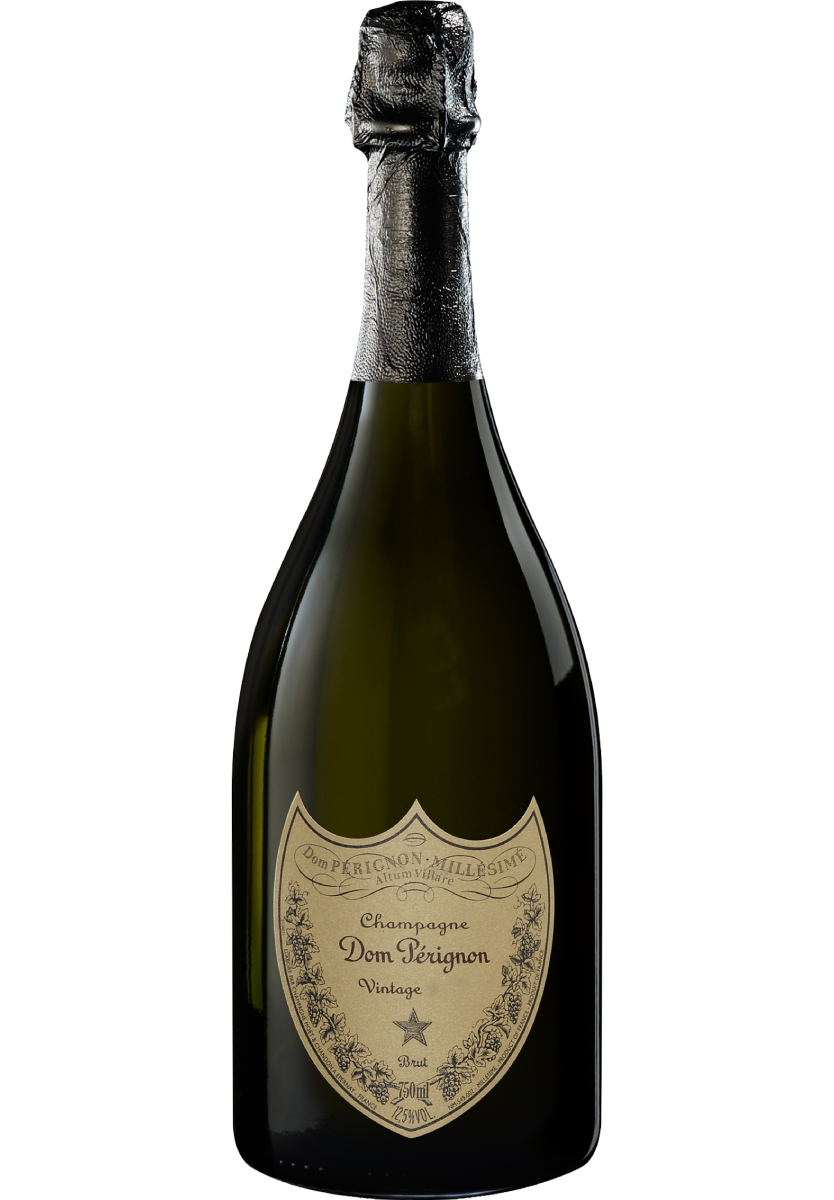多买 $1600 即享免费送货





A wedding banquet is one of the most memorable highlights of any wedding celebration. Thoughtfully selected wines can elevate the atmosphere, enhance the culinary experience, and reflect the couple’s refined taste. Whether your preference lies in red, white, or sparkling wines, Watson's Wine is here to guide you with expert recommendations, carefully curated pairings, and answers to common questions, ensuring your wedding is as unforgettable as it is elegant.

Wines served at a wedding are more than just beverages! They symbolize shared happiness and heartfelt celebration. Selecting the right wines can help achieve the following:
• Enhance the Atmosphere: The joyful bubbles of sparkling wine or the rich aromas of a fine red add a celebratory ambiance to the occasion.。
• Perfectly Complement the Menu: Wines tailored to specific dishes can elevate every bite, enriching the overall dining experience.
• Showcase the Couple’s Taste: A well-chosen wine list reflects your attention to detail and offers a memorable experience for every guest.


The style and season of your wedding play a key role in wine selection:
Chinese wedding banquets, where dishes like roast pig, soy chicken, abalone, and seafood are commonly featured, the food tends to be rich, flavorful, and umami-driven. Wines selected for this setting should offer balance by cutting through oiliness while complementing layered flavors. A high-acid white wine, such as Chardonnay or Riesling (particularly from Germany), works well by cleansing the palate and offering versatility across multiple courses. For red wine, fruit-forward options with smooth tannins, like Pinot Noir or Barbera, are especially compatible with the diversity of flavors in a Chinese menu, from roasted meats to braised delicacies.
For Western-style or fusion buffet weddings, which are frequently hosted at hotels or outdoor venues and feature a blend of Chinese, Japanese, and international dishes, a more flexible wine selection is ideal. White wine such as Sauvignon Blanc from New Zealand or Grüner Veltliner from Austria provides bright acidity and freshness, making them ideal for pairing with salads, seafood, and lighter fare. For red wine, opt for soft, well-balanced varietals like Pinot Noir from the U.S. or France, or Tempranillo from Spain—each of which can complement a wide range of flavors without overpowering them. For sparkling wines, especially during summer weddings, welcome drinks, or toasts, consider serving Prosecco or Champagne to create a festive, photogenic moment with every pour.
🎯 You may also consider wines from regions that hold special meaning to the couple by adding a personal and memorable touch to your celebration.
TIPS: ?? What’s the difference between light-bodied and full-bodied wines?
Imagine wine as having "weight", light-bodied wines feel refreshing and watery like drinking water, while full-bodied wines feel rich and textured, like mango juice. You'll feel the difference with just one sip.





A well-balanced wine list doesn’t need to break the bank. Consider the following:
• Wine Regions: Look to New World regions such as Chile, Australia, and New Zealand, which often produce excellent wines at approachable prices.
• Grape Varietals: Popular and widely available varietals such as Merlot, Cabernet Sauvignon, and Chardonnay offer great flexibility and value.
• Bulk Orders: Contact trusted retailers like Watson’s Wine for volume discounts and expert guidance on bulk purchases.
• Sparkling Alternatives: Choose quality sparkling wines from outside Champagne, such as Spanish Cava or Italian Prosecco, for a budget-friendly yet festive option.

Q1:How should I choose the right wines for my wedding?
Ans:Consider your menu, time of day, and guest preferences. Red wines work well for evening dinners, white wines suit lighter fare or summer weddings, and sparkling wines are perfect for toasts. A mix of red, white, and sparkling is ideal to accommodate all guests.
Q2:What types of wines should I offer at my wedding?
Ans:It is recommended to include at least one red wine (to pair with meat dishes), one white wine (for seafood or lighter fare), and one sparkling wine (for welcome drinks and toasts). For outdoor or summer weddings, rosé or refreshing white wines are also excellent additions.
Q3:How many bottles of wine should I prepare for my wedding?
Ans:A good rule of thumb is to prepare at least 2 bottles per banquet table, based on 10–12 guests.
- Luncheon or garden weddings: ~2 bottles per table (suggested: 1 white + 1 red or 1 white + 1 sparkling)
- Traditional evening banquets: 3 - 4 bottles per table, depending on the event length and guest preferences
For 20 tables, prepare approximately 60 to 80 bottles.
📌Suggested wine ratio from Watson’s Wine:
- Summer weddings: ~50% white, 30% sparkling, 20% red
- More female guests: Emphasize sparkling and white wine
- Chinese wedding banquet: Expect higher red wine consumption due to stronger dishes (recommend 50% red in the mix)
💡 Additional tips:
If your wedding is held at a hotel, expect slightly higher consumption as servers often refill glasses proactively. Also consider whether your event falls on a public holiday, the more festive the mood, the more your guests are likely to enjoy a second (or third!) glass.
Q4:When should I begin planning my wedding wine list?
Ans:Begin planning at least 2–3 months in advance. This allows ample time for tasting and finalizing orders. For large-volume orders, or special wine requests, early consultation with suppliers such as Watson’s Wine is highly recommended.
Q5:Should different wines be served at different stages of the wedding?
Ans:Welcome drinks: Sparkling wine or light white wine;
Dinner:Red and white wines paired with the menu;
Toast: Champagne or premium sparkling wine;
Dessert:Sweet white wine with balanced acidity is easier to pair than heavier Port-style wines

 特快门市取货
特快门市取货






